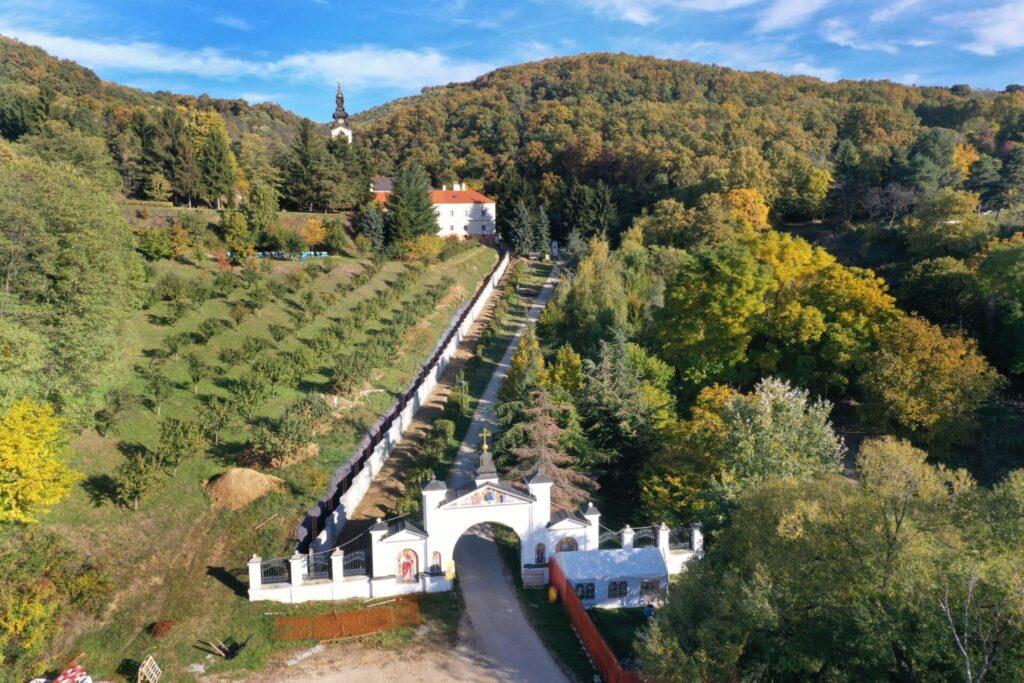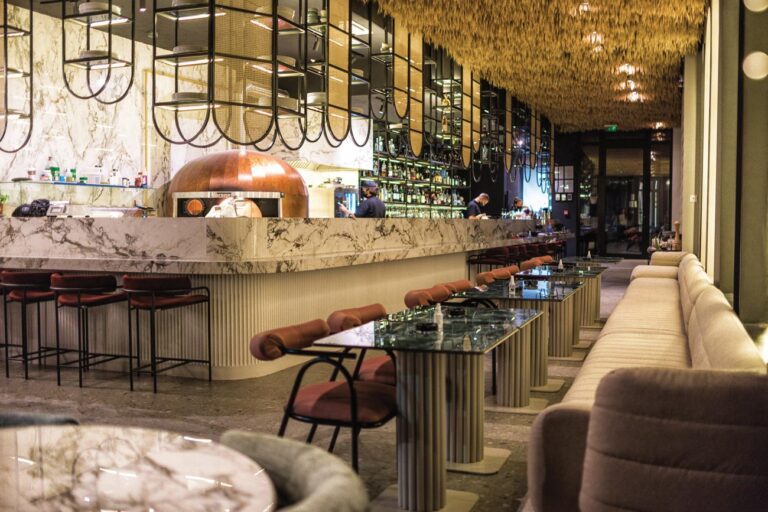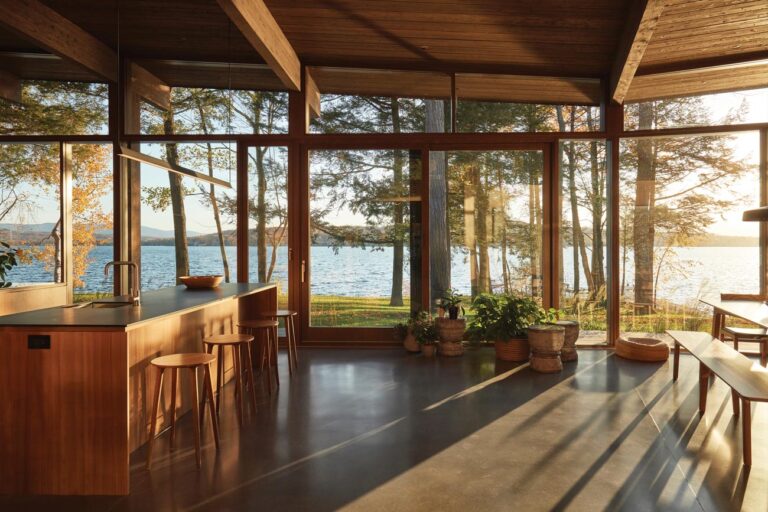Foto : Martin Candir
Natural values
Fruška Gora National Park, founded in 1960, is the oldest in Serbia and the only one in Vojvodina. The main activity of the National Park is the protection, preservation and improvement of the biogeographic features of the area, the ecosystem and the diversity of flora and fauna. Great importance is given to scientific-research and cultural-educational activities, landscaping and rehabilitation of endangered parts of the park.

Thanks to the geological background, the insular character and the existence of marine conditions in the past, a rich and specific living world has developed in the area of Fruška Gora. About 1,500 plant species have been recorded in the flora of Fruška Gora, of which over 1,000 are found within the borders of the National Park.
Within the boundaries of the National Park, 8 sites with important forest ecosystems, 10 geological and geomorphological sites, 4 important habitats of endangered plant species, 5 habitats of endangered insect species and even 22 important habitats of endangered bird species have been identified. Among them are particularly interesting localities: Papratski do, Zmajevac, Čerevićki potok, Papradine, Grgeteg, Kalin potok, Beočinske livade and others.
Tourism
Fruška Gora National Park is a place visited by a large number of tourists every year. Visitors have at their disposal numerous marked mountain trails (over 250 km in total) for hiking or cycling, which form a network along the entire mountain. For lovers of physical activities in nature, Iriški venac is the start of a well-maintained trim track (5.5 km long) with exercise equipment. For those who need a little more space to stay in nature, there are a large number of organized picnic spots available, the most visited of which are: Iriški venac, Stražilovo, Zmajevac, Brankovac and Popovica. There are numerous interesting sites such as the Orlovo bojište and Orlovac rock viewpoints, the grave of the poet Branko Radičević on Stražilovo, the Beli Maidan cave near Rakovac, the Vrdnička Tower and, of course, numerous monasteries.

For lovers of gastronomic tourism, there are several restaurants on the mountain itself, as well as wineries in the surrounding settlements. There are also numerous artificial lakes (reservoirs) on Fruška Gora where you can fish or swim during the summer. In the locality of Iriški venac, there is the Information Center of the Fruška Gora National Park with a small naturalist display where visitors can learn about the specifics of the area and the possibilities for staying in the park. In the immediate vicinity of the Information Center there are two educational trails with boards, one of which presents all the natural and cultural values of this area, and the other is the so-called The mushroom trail where visitors are offered the story of the mushrooms of Fruška Gora.
Cultural-historical values
Although it is geographically of modest dimensions (538 m high, 80 km long and only 15 km wide), and surrounded by the endless Pannonian plain, in the historical and spiritual sense, especially since the 15th century, Fruška Gora has an exceptional importance for the Serbian people.
As a result of the migration of Serbs from the south to the north, Serbian settlements began to spring up there, followed by churches and monasteries. Many famous Serbs were born on the slopes of Fruška Gora (Jovan Rajić, Simeon Piščević, Teodor Kračun, Stefan Stratimirović, Lukijan Mušicki, Milica Stojadinović Srpkinja, Ilarion Ruvarac, Jovan Jovanović Zmaj and many others), and Sremski Karlovci is still the seat of one of our the most important church institutions – Karlovac Metropolis.

Fruška Gora is widely known as the “Serbian Holy Mountain” due to the presence of a large number of Orthodox monasteries. As many as 24 monasteries belong to the group of Fruška Gora monasteries, mostly built at the end of the 15th and during the 16th century. Among them, the Grgeteg, Krušedol, Hopovo, Beočin, Ravanica and other monasteries stand out. These monastery complexes, mostly renovated in the 18th century, form a unique cultural-historical ensemble of Serbian baroque art, whose spiritual and touristic role is of exceptional importance. Throughout history, numerous peoples who lived in this area left traces of their existence. Among them, the “Vrdnička kula”, the remains of a fortification from the Middle Ages, stands out for its importance.
Due to the great interest of foreign investors and tourists in the area of Fruška Gora, on the following pages of this edition, we present in English the most attractive complexes, resorts, hotels and restaurants, which enrich this area and provide additional opportunities to enjoy it.











